THE TASMANIAN DEVIL #ENDANGERED SPECIE; Description,classification,population,threats etc
INTRODUCTION
I’m here again with an endangered species of animal.
I don’t know if extinction of these beautiful animals is mother earth’s wag of trying to balance up the earth or maybe we are putting Mother Earth in danger by contributing to factors that facilitates extinction of these animals.
The first Endangered specie I identified was the dugong dugong the sea cow. Today I’m here to tell us about the Tasmanian Devil which is also Endangered and may go extinct if we do not save them.
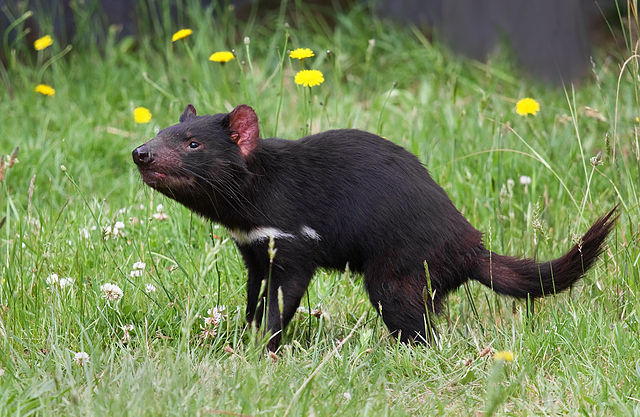
Wikicommons JJ Harisson CC BY-SA 3.0

SCIENTIFIC CLASSIFICATION
Kingdom: Animalia
Phylum: Chordata
Class: Mammalia
Infraclass: Marsupialia
Order: Dasyuromorphia
Family: Dasyuridae
Genus: Sarcophilus
Species: S. harrisii
Scientific name :Sarcophilus harrisii

Description
The Tasmanian devil is claimed to be the largest living carnivorous marsupial (these are mammals of which the females possess a pouch (referred to as the marsupium) which contains the teats where the young are being fed and carried).
It is thick built, has a large head, squat and a tail that is almost half of its body length.
It has dark brown to black fur and has irregular white patches on the chest and the fur (This is not so for all the population because about 16 percent of its population do not possess these white patches). It has both forelegs and hind legs but the forelegs are a bit longer than the hind legs. They run for short distances at the rate of 13 km/h.
The male Tasmanian devils are mostly larger and bigger than the female Tasmanian devils. The males have an average head and body length of 652 millimeters, an average weight of 8 kilogram and a tail length of 258mm.
The females are slightly smaller with an average head and body length of 570 millimeters with an average weight of 6 kilogram and tail length of 244 millimeters.
The Tasmanian devils are able to hold food with the aid of their forefeet, one protruding at the side and four pointing to the front which makes it five long toes on their long tooth.
They posses non-retractable claws,they have a lifespan of 5 years and more(only a few live longer than 5 years in the wild) in the wild and are matured at two years of age.This unique animal stores it’s fat in its tail which means devils with healthy tails are the healthy ones.
The pattern of tooth growth in the Tasmanian devil was seen to follow an anterior-posterior sequence with a few exceptions. The first incisors of the upper jaw did not detonate or grow out until the baby devils stopped suckling at about 200 days and also just like the first incisors the canines did not appear conspicuous until the start of molar eruption.
The age of the devils could be determined using the weight and shank length in combination with the status of its teeth. They possess sharp and strong teeth that enables them bite through skin and bones of dead animals or it’s prey.
It has the most powerful bite proportionate to the body size of any living mammalian carnivore. It’s bite expends a force of about 553 newton. It’s jaw can open up to 70-80 degrees which helps it to generate a power high enough to tear near and crush bones and also bite through metal wire.
This large bite force affiliated with its jaw is due its large head.The Tasmanian Devil has a unique carnivorous dentition and trophic adaptations for consumption of bone.

Population and habitat
The Tasmanian devil are quite adaptive to wet sclerophyll forest or woodland. The Tasmanian devil usually lives in a log, cave or the burrow that’s is not in use which was made by another animal. They come out at night to scavenge and forage.
The main habitat of the Tasmanian devils is claimed to be within the areas with low to moderate annual rainfall zone of eastern and north-western Tasmania.
The Tasmanian devils population density is low in button grass plains in south-western Tasmania. They prefer open to tall forest habitats which makes their population in sclerophyll forests and coastal heath high. The devils can be seen close to the roads where road kill is dominant.
According to the Threatened Species Scientific Committee, the versatility of the Tasmanian devils means that habitat modified as a result of destruction is not seen as a core threat to the existence of the species.

REPRODUCTION
The Tasmanian devils become sexually mature at age two. They have a specific mating period which is within the months of March and April.
They mature female or mother gives birth to two to four young, these babies which are about the size of rice grain when newly born are attached to the teats in the mother’s pouch.
This pouch-bonding continues for a period of about four months and they remain with their mother for another five to six months before they become independent. They have a relatively short life span and do not reproduce when they reach age 5-6 and the possibility of the Tasmanian Devil living above age 8 is very slim.
The female devils are polyoestrous which
means that they have more than one oestrus period in a year and are very foetal (This means that a female devil may mate with various males and is capable of giving birth to many young whose fathers may be different in some cases.)
During the reproductive season the female devils start to develop a roll of fluid on the back of their neck, the emergence of this fold is an essential determinant of the success of breeding because the male uses this fold to drag the female to the den and to hold on during procreation.
During the mating season the female shows a disinterest in consumption of food, it show lack of energy and also a disinterest in it nesting behavior while the males are more energetic and courageous when they are aware of the presence of the mature female devils.

DIET
The Tasmanian devils are very opportunistic animals as they prefer to feed on remains of dead animals and carcasses. They solemnly hunt for their own food or prey. They are loud feeders and are very strategic in eating as they tend to consume whatever is easily available to eat such as frogs,birds,small mammals,fish and mainly reptiles.
They have powerful jaws which is capable of breaking really strong bones of an animal and they consume all of the bones. They are capable of eating up to 40% of their weight if given the chance to but the eat an average of 15% of their weight in normal cases.
Most of the Tasmanian devil’s diet contain carrion. They are not agile or speedy in hunting.

PREDATORS
It is believed that the Tasmanian tiger might have hunted the Tasmanian Devil while it was alive. Large owls and large birds prey on the Tasmanian devil while the large owls prey at night the large birds prey during the day.
Apart from this distant predators the Tasmanian devils also prey on their young especially in the case of the female devils who prey on their babies to regain energy which they must have lost during the reproduction season.
The Tasmanian devil hunt the younger devils which makes the younger devils better climbers so they can run away from the older one when they are being hunted.
More roads are being constructed as Tasmania grows and the Tasmanian devils live close to some of those newly constructed roads which makes them vulnerable to road kills. This makes a road a threat to the life of the devils.

THREATS
The major threat to the Tasmanian devil is the Devil Facial Tumor Disease (DFTD).
This disease was first seen in the year 1996.
When the Tasmanian Devil is infected with this disease there’s emergence of tumors and the tumors spread in and around the mouth, this makes the devil’s ability to eat reduce drastically resulting in starvation and death.
It could also spread further to the eyes which causes a reduction in the level of its vision making hunting cumbersome for the animal. The origin of this disease or cancer is not known and it has no cure yet but scientists have tried
to separate the healthy devils from the sick ones because the disease is very contagious.
Scientists and research teams have been working hard to find out the source of the disease and examination of the main reason of the devil’s declination.
A research team led by Dr. Jeremy Austin of the University of Adelaide are particularly trying to examine the critical feature of the devil’s declination in affiliation with the impact of humans. The team is also trying to discover the source of the disease (DFTD) and also document the spread of the disease using DNA and other genetic methods.
The reason for the devil’s high susceptibility to the Devil’s Facial Tumor disease is because of unusually small gene pool.
The reason for this small gene pool is not known but scientist think it could be due to an historical trend or the intrusion of civilization on the devil’s territory.
Dr. Austin compels scientists to try to find a vaccine that would help eradicate the disease and also try to establish captive colonies for the devils. The main issue here is the possibility of finding a cure because it’s seem impossible to know whether a cure exists.
Quarantine is assumed to be the most effective short-term measure of controlling this disease but it won’t prevent long term population loss according to scientists.
Without providing drastic measures to stop this life threatening disease the devil’s population would be no more.

Conservation
When rigorous conservation measures of the Tasmanian Devil is lacking, it is estimated to go on extinction in wild in about 25 years time. This is really saddening to me and animal lovers as a whole.
As a way of helping conserve the devils reasonable efforts is being made to prevent the tuition of this exigent prediction at local, national and international level.
The Tasmanian devils was uplisted under the Endangered specie category by the federal government of Australia.This was to enable the devils receive more care, protection and conservation measures under national environmental laws.
The save the Tasmanian Devil Program was launched in 2003 and was organized by the Tasmanian Government’s Department I’d Primary industries and water with its main objective being to carry on in or encourage the monitoring of the impact of the DFTD on the Devil’s population.
To also carry out further investigations on the disease, it’s mode transmission and its causes after then
develop methods in controlling the disease and it’s impact on the devil’s population.

Wouldn’t you like to have this cutie around ?
I bet you do!
Let’s help SAVE the Tasmanian devil’s!
REFERENCES
IMAGE SOURCES I am a proud member of steemSTEM. You can join us on discord to meet STEM gigs and also follow @steemstem to read interesting STEM blogposts on #distilled.
All images used here are from free sources and eligible for commercial use all licensed under Creative Commons.
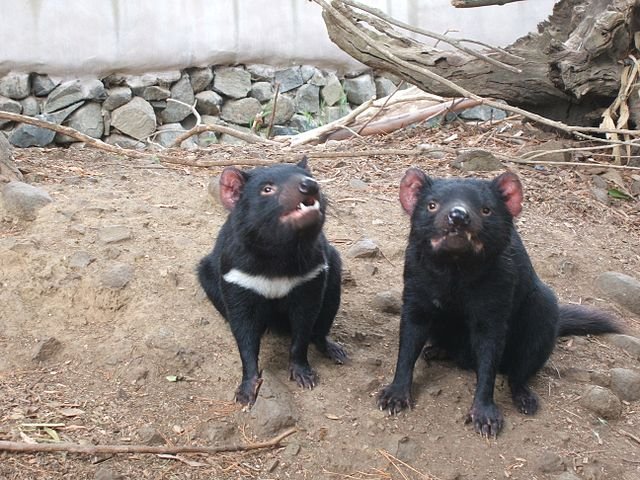
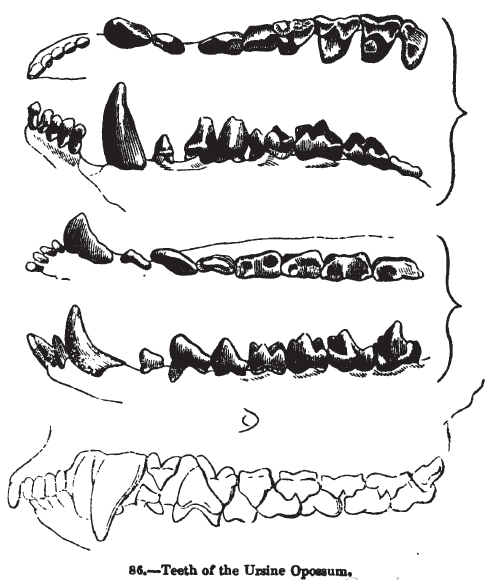

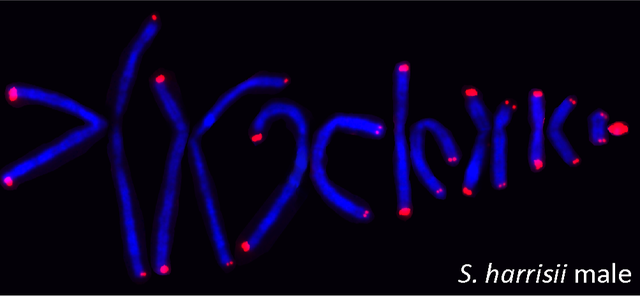
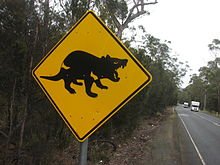
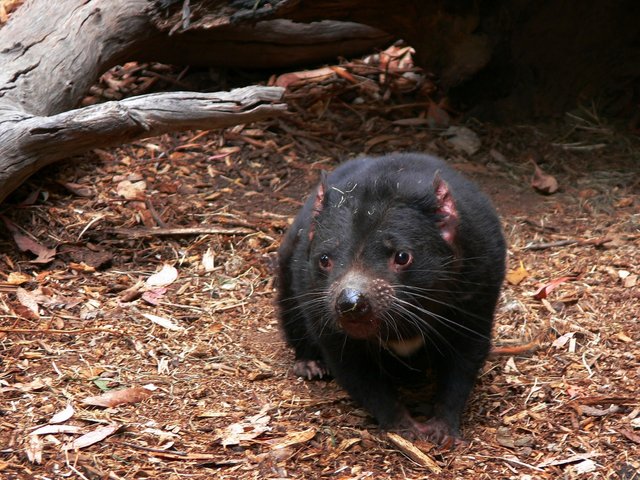
Ohh looking rat
Hello florae!
Congratulations! This post has been randomly Resteemed! For a chance to get more of your content resteemed join the Steem Engine Team
Really educative piece.
Amazing post again. I'm coming for tutorials o. I want to be a science student.
HAhaha I’m open
You can come through 🤣🤣
Thanks for stopping by
The little devil needs some saving. It almost looks like a rat that ran through a fire. Interesting read. Thanks.
Hahahaha it does need some saving. Thanks for reading through @greenrun.
Means a lot
Really nice research you did dear..read about these creatures once before. You just reminded me about them.
Now that you’re reminded
Let’s save the devils lol
Thank you for stopping by
This is wonderfully written. The Tasmanian devil, quite funny but its a pity its going extinct. That is what happens when we keep multiplying without a forest reserve for these animals.
Thanks for stopping by.
It’s major cause of extinction is the devil’s facial tumor disease and road kills( humans 😡😡😡)
Its painful sha.. I hope they don't go extinct eventually.
I think it was back in 1971 when human being hunted this fur, doing the 1990s, a nasty facial mutation disease has caused the Tasmanian devil population to decline and may likely be endangered,it's very rare to find them now i guess. Thanks for bringing up this post.
Thanks for stopping by.
Hey @florae, good job with article, I was curious of it from the cartoons haha. I'm glad to have learnt about them, not happy about the diseases not to nicest thing to happen to them.
It would be good to check some other users posts and leave some feedback. You seem to know how to write a good article so a little feedback helps everyone.
See you around :)
Thanks for stopping by.
I’ll try to do that
Nice post dear but I read with keen interest to know why they're called the devil. Can you tell me why they're called devil?
Lol they seem to have gotten their names from the Europeans. But the main reason they call them devils is because they have a shriek that sounds like a devil. I don’t know what a devil sounds like ..so don’t ask me that part lol 😂😂